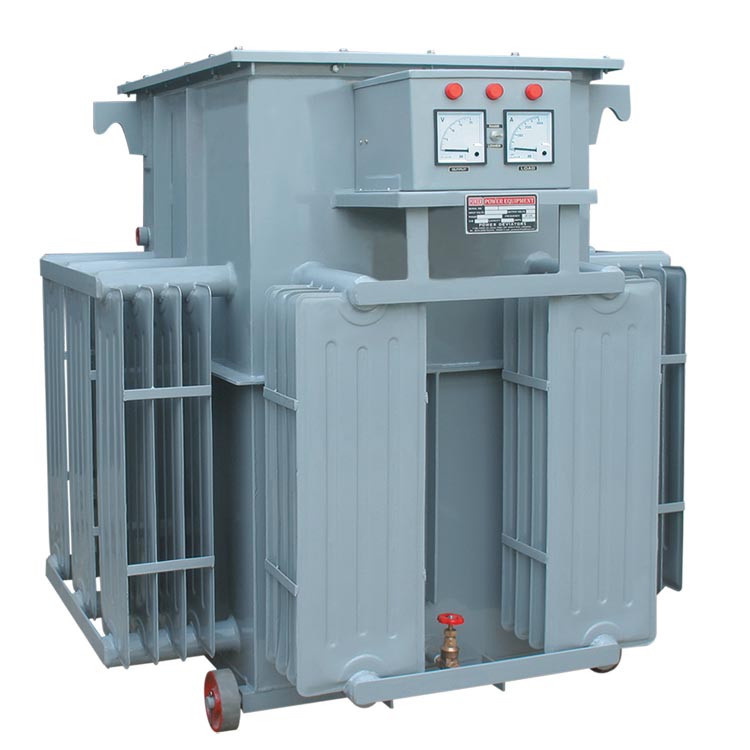An isolation transformer is made of wound copper coils over each other, and each of them is supplied by their source of power. This term ‘isolation transformers’ refers technically to any transformer. Specifically, it is a transformer that can isolate an alternating current from the circuit. This types of transformer does this by separating two distinct channels by decreasing the alternating current voltage before it reaches the circuit itself or with an induction loop.
An isolation transformer transfers electrical power from the alternating current source (AC) power to the destination device or equipment while isolating the power supply from the powered device for safety reasons. These transformers are used to protect against electric shock by providing galvanic isolation to suppress electric noise to delicate electric components. The galvanic isolation also transfers electric power from electrical circuits that need not necessarily be connected. A transformer that is specially designed to be an isolation is built with special insulation between the secondary and the primary, with specifications to withstand high voltages between the windings.
These transformers block the DC component transmission in signals from one circuit to another but will allow the AC components to pass their signals. Transformers that have a 1:1 ratio between the secondary and the primary windings are mostly used in protecting individuals and secondary circuits from electric shock. The suitably designed isolation transformers will block any interference that can be caused by ground loop. Those that have electric shield are used to supply power to sensitive paraphernalia such as medical devices, computers, or laboratory instruments.
Isolation Transformer Operation
Isolation transformers are carefully designed with acute attention to capacitive coupling between the two windings. The capacitance between the secondary and primary windings would also pair AC current from the main winding to the secondary winding. A chastised Faraday protection between the secondary and primary winding reduces the coupling significantly of common mode noise. This may be a metal strip or another winding surrounding a winding. The differential noise can magnetically couple from the secondary to the primary of an isolation transformer, and should be filtered out in the case of a problem.
Applications Of Isolation Transformers
Isolation transformers are in many different electronic devices that contain circuits that cannot handle or are too sensitive to handle the alternating current directly. They can be called as power adapters for computer laptops, cell phones and many other electronic devices. The main reason is that the voltage heights that are typically supplied to homes and apartments, as well as other establishments, is considerably higher than the required amounts the electronic devices can consume. This is precisely due to the low electrical loss at higher transfer rates and higher voltage over long distances.
Advantages Of Isolation Transformers
These transformers increase and decrease alternating currents. These transformers can handle any amounts of voltages necessary or built to scale depending on the number of times the coils are wound. These transformers reduce electromagnetic and electrical interruptions from other power devices and sources. They also improve signal strength in wireless and radio wave communications.
